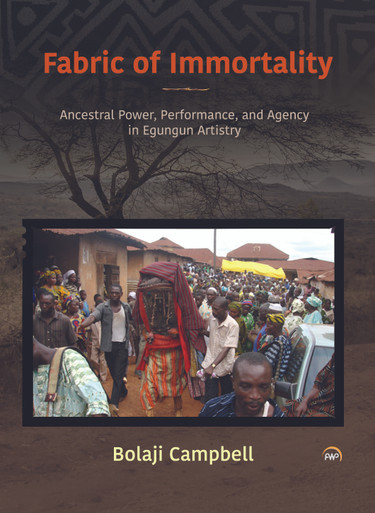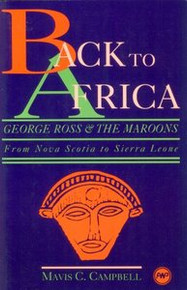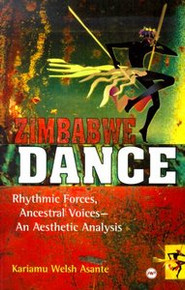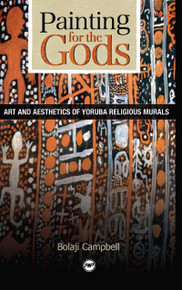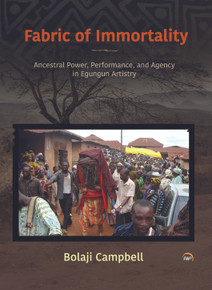Categories
Categories
Authors
Authors
- Home
- Art & Art Studies
- Fabric of Immortality: Ancestral Power, Performance, and Agency in Egungun Artistry by Bolaji Campbell
Fabric of Immortality: Ancestral Power, Performance, and Agency in Egungun Artistry by Bolaji Campbell
Fabric of Immortality: Ancestral Power, Performance, and Agency in Egungun Artistry by Bolaji Campbell
Product Description
Fabric of Immortality focuses on Egungun masking, a unique cultural tradition practiced by the Yoruba of West Africa and their descendants in the African Diaspora, particularly in Brazil, Cuba, the Dominican Republic, Barbados, Trinidad, Venezuela and the United States of America.
Egungun performances provide a vehicle and arena for dialogic reflections and celebrations, parody and play, and communication between the living and the departed, the seen and the unseen, upon which the stability of the human community and the universe is dependent. A great many varieties of these masks celebrate the guild of hunters and warriors, legendary heroes and heroines and founding ancestors including the legion of divinities straddling the landscape of Yoruba universe.
Majority of the scholarly literatures on Egungun have focused on its spectacular and glamourous aspects, using the methodological approaches prevalent within the disciplines of art history, religion, theater, dance, performance studies, and anthropology. Because masquerading is a universal human experience, there’s always a tendency to seek commonalities outside the immediate cultural environment under investigation. This invariably creates a tendency to impose alien theoretical and methodological theories that may lead to “dubious universals” in order to unravel key elements of the fascinating tradition. All too frequently, these approaches fail to fully grasp the complex nature of Egungun, which is at once compelling, evocative, and awe inspiring. While Egungun is a true reflection of the distinct features of the cultural values, religious beliefs, and social practices of the Yoruba, it cannot be rigidly separated into strict disciplinary categories reflective of the Western production of knowledge. No matter the level of sophistication of these alien theoretical models, they invariably end up distorting the realities of the lived experiences implicit in the Egungun cultural and aesthetic imagination. This present study departs from such approaches by drawing heavily on Yoruba oral genres in order to engage fully with both the spectacular and phenomenological aspects of Egungun—a compelling multifaceted experience involving rituals, drama, entertainment, magic, history, performance, and celebratory aspects.
About the Author
Bolaji Campbell is Professor of Art History at the Rhode Island School of Design, Providence, RI where he teaches African and African Diaspora Art. He has published numerous essays in learned journals and contributed chapters to several anthologies on many aspects of African Expressive Cultures in addition to his Painting for the Gods: Art and Aesthetics of Yoruba Religious Murals (AWP 2008)
World Rights
Category
Art History, Performance, Diaspora/AFRICA
Trim size
7 X 9.5”
Page count
230 pp.
 Loading... Please wait...
Loading... Please wait... 
